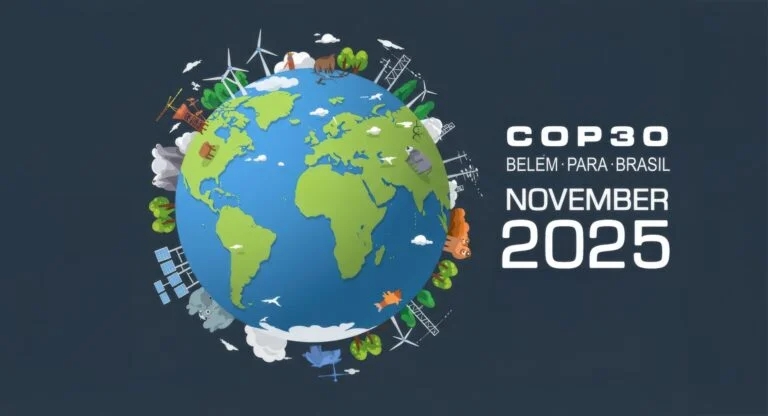On the last scheduled day of the COP30 summit in Belém, delegates from nearly 200 countries convened for the final...
Read More- Industry Updates
UK and EU Link Emissions Trading Systems (ETS)
-
 Kate McCann
Kate McCann
- 2 minute read
Discover More
In a significant development for the energy and industrial sectors, the United Kingdom and the European Union have agreed to link their respective Emissions Trading Systems (ETS). This move aims to streamline carbon pricing mechanisms and enhance cooperation on climate policy between the two regions.
Background on Emissions Trading Systems
Emissions Trading Systems are market-based approaches to controlling pollution by providing economic incentives for reducing emissions. Companies are allocated or can purchase emission allowances, which they can trade with others.
The EU’s ETS, established in 2005, is the world’s largest carbon market, covering sectors such as power generation, manufacturing, and aviation. The UK’s ETS was launched in 2021 following its departure from the EU.
Details of the Agreement
Announced at a summit in London on May 19, the agreement will connect the UK ETS with the EU ETS, allowing for the mutual recognition and trading of carbon allowances across both jurisdictions. Prime Minister Keir Starmer stated that this linkage is expected to save British businesses approximately £800 million annually by avoiding EU carbon border taxes set to commence in 2026.
![wind mills with smoke billowing behind them in the distance, representing carbon emissions trading systems [ets]](https://bpconsulting.co.uk/wp-content/uploads/2025/05/tim-van-der-kuip-ZYASZaI0BAs-unsplash-1024x683.jpg)
Immediate Market Reactions
Following the announcement, UK carbon prices experienced a notable increase. Benchmark UK carbon contracts rose by over 8%, reaching £52.40 per tonne. This surge reflects market anticipation of price alignment with the EU, where carbon prices are currently higher.
Implications for Businesses and Consumers
Short-Term Effects:
- Increased Costs: UK industries, particularly those in energy-intensive sectors like steel and cement, may face higher operational costs due to rising carbon prices.
- Energy Prices: The increase in carbon costs could translate to higher energy bills for consumers, as power producers pass on expenses.
Long-Term Benefits:
- Market Stability: A unified carbon market is expected to provide greater liquidity and price stability.
- Trade Advantages: UK exporters will benefit from reduced trade barriers and avoidance of EU carbon border taxes.
- Environmental Goals: The linkage supports broader climate objectives by promoting consistent carbon pricing and encouraging emissions reductions.
Stakeholder Perspectives
Business groups have largely welcomed the agreement, citing reduced administrative burdens and clearer regulatory frameworks. Energy and climate policy experts believe that the deal will encourage investment in low-carbon technologies and infrastructure.
However, some critics express concerns about the UK’s regulatory autonomy. They argue that aligning with the EU’s carbon pricing mechanisms could limit the UK’s flexibility in setting its own environmental policies and responding to domestic economic conditions.
Next Steps
The implementation of the linked ETS is expected to occur in the coming months, pending technical adjustments and regulatory approvals. This integration marks a significant step in post-Brexit UK-EU relations, emphasising a collaborative approach to addressing climate change and fostering economic stability.
The UK-EU agreement to link their Emissions Trading Systems represents a pivotal moment in regional climate policy. While it presents immediate challenges, such as potential cost increases for industries and consumers, the long-term benefits of market stability, trade facilitation, and environmental progress position this move as a strategic advancement in the pursuit of net-zero emissions.
Facebook
LinkedIn


